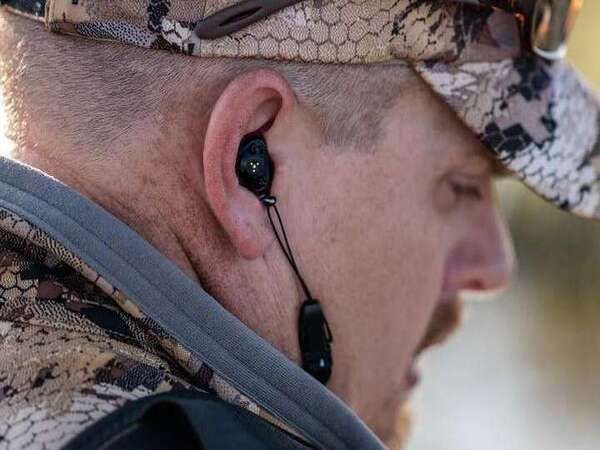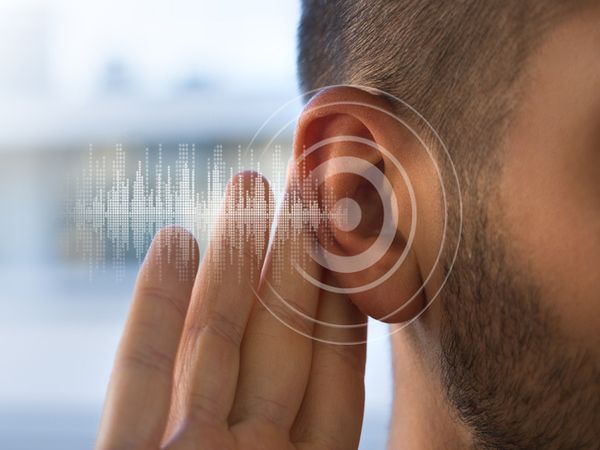October 17, 2024
Hearing loss is often associated with aging, but did you know that exposure to loud noises can also significantly impact your hearing? Noise-induced hearing loss (NIHL) is a prevalent yet preventable condition that affects many individuals, particularly those exposed to loud environments without adequate protection. As audiologists committed to your hearing health, we believe it's crucial to raise awareness about NIHL and emphasize the importance of using hearing protection. What is Noise-Induced Hearing Loss (NIHL)? Noise-induced hearing loss occurs when the delicate structures of the inner ear are damaged by prolonged exposure to loud noises or by sudden, intense sounds. This damage can be temporary or permanent, and typically affects high-frequency hearing first, gradually progressing to lower frequencies if exposure continues. Common Causes of NIHL Exposure to loud noises in various settings can contribute to NIHL, including: Occupational Noise: Industries such as construction, manufacturing, and entertainment (e.g., musicians, DJs) expose workers to high levels of noise. Recreational Activities: Activities like hunting, shooting sports, motorcycling, and attending concerts or sporting events can subject individuals to hazardous noise levels. Personal Listening Devices: Listening to music at high volumes through headphones or earbuds can also lead to NIHL over time. The Importance of Hearing Protection Preventing NIHL starts with protecting your ears in noisy environments. Here’s why hearing protection is essential: Preserving Your Hearing: Once hearing is damaged, it cannot be restored. Using hearing protection helps preserve your hearing abilities for the long term. Maintaining Quality of Life: Hearing loss can impact communication, social interactions, and overall quality of life. Protecting your hearing ensures you can continue to enjoy these aspects fully. Legal Requirements: Many workplaces require employees to use hearing protection in noisy environments to comply with occupational health and safety regulations. Types of Hearing Protection There are various types of hearing protection available to suit different needs and preferences: Earplugs: These fit snugly into the ear canal and are available in disposable foam, reusable silicone, or custom-molded options. Earmuffs: These cover the entire ear and provide a seal against external noise. They are adjustable and often preferred in high-noise environments. Custom Hearing Protection: Audiologists can create custom-molded earplugs or earmolds tailored to fit your ears perfectly for optimal comfort and protection. Tips for Using Hearing Protection Effectively To ensure maximum effectiveness of hearing protection: Choose the Right Type: Select hearing protection appropriate for the noise level and duration of exposure. Proper Fit: Ensure earplugs or earmuffs fit snugly and comfortably to create a seal against noise. Wear Consistently: Wear hearing protection consistently in noisy environments, even if exposure is occasional or intermittent. Monitor Noise Levels: Use apps or devices to monitor noise levels and gauge when hearing protection is necessary. Seeking Professional Guidance If you suspect you may have been exposed to harmful noise levels or are unsure about the effectiveness of your hearing protection, consult with an audiologist. We can assess your hearing health, provide personalized advice on hearing protection, and offer custom solutions to meet your needs. Conclusion Protecting your hearing is vital for maintaining a high quality of life and preventing avoidable hearing loss. By understanding the risks of noise-induced hearing loss and using appropriate hearing protection, you can safeguard your hearing abilities for years to come. At Becker Audiology, we are dedicated to helping you protect and preserve your hearing. Contact us today to learn more about our hearing protection solutions and schedule a consultation with one of our experienced audiologists. Take action today to protect your hearing—it's an investment in your future wellbeing. Dr. Ryan Becker, Au.D.




